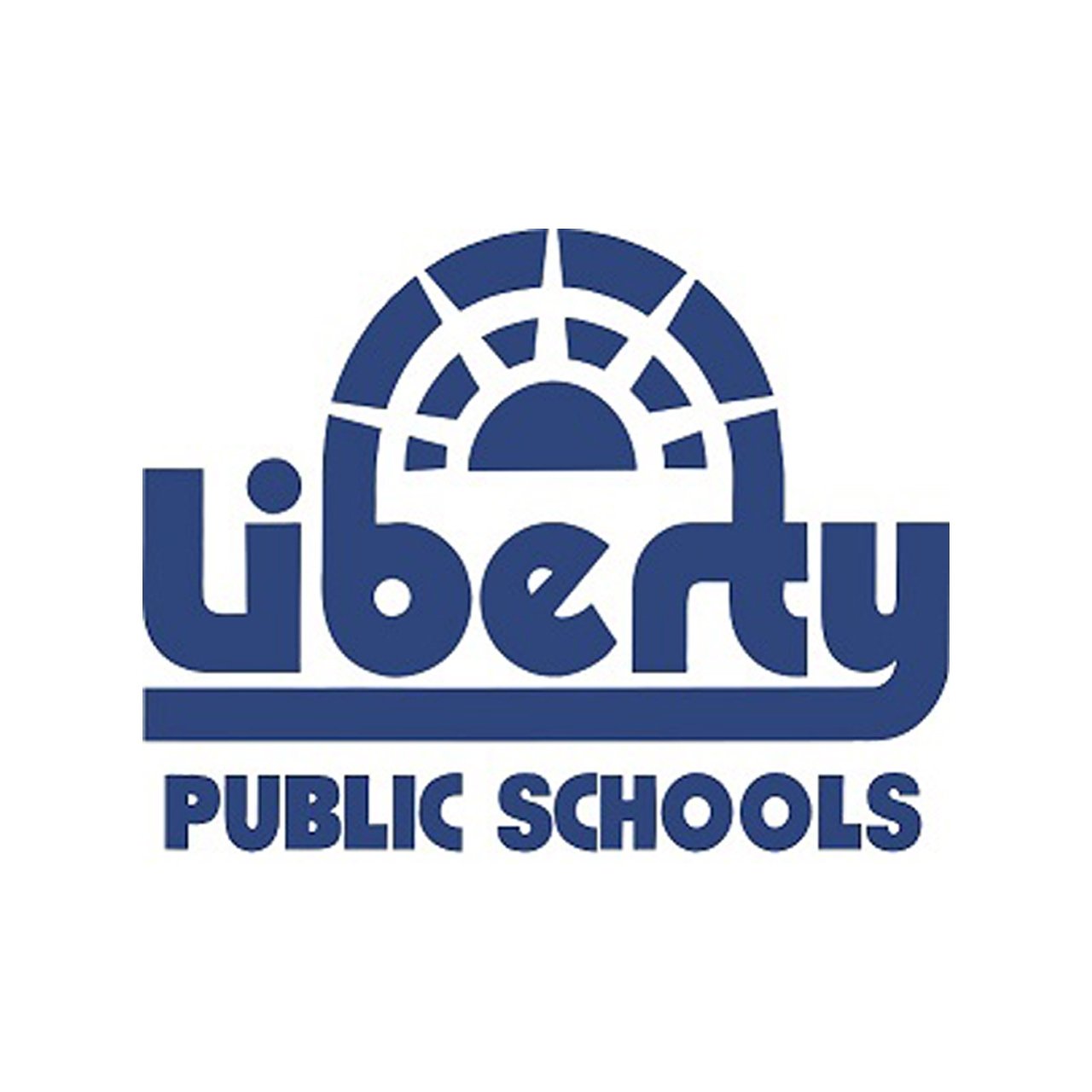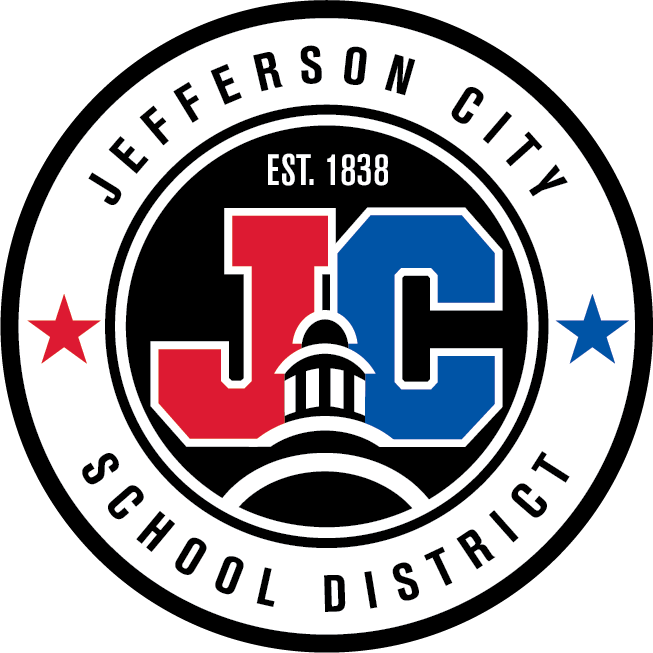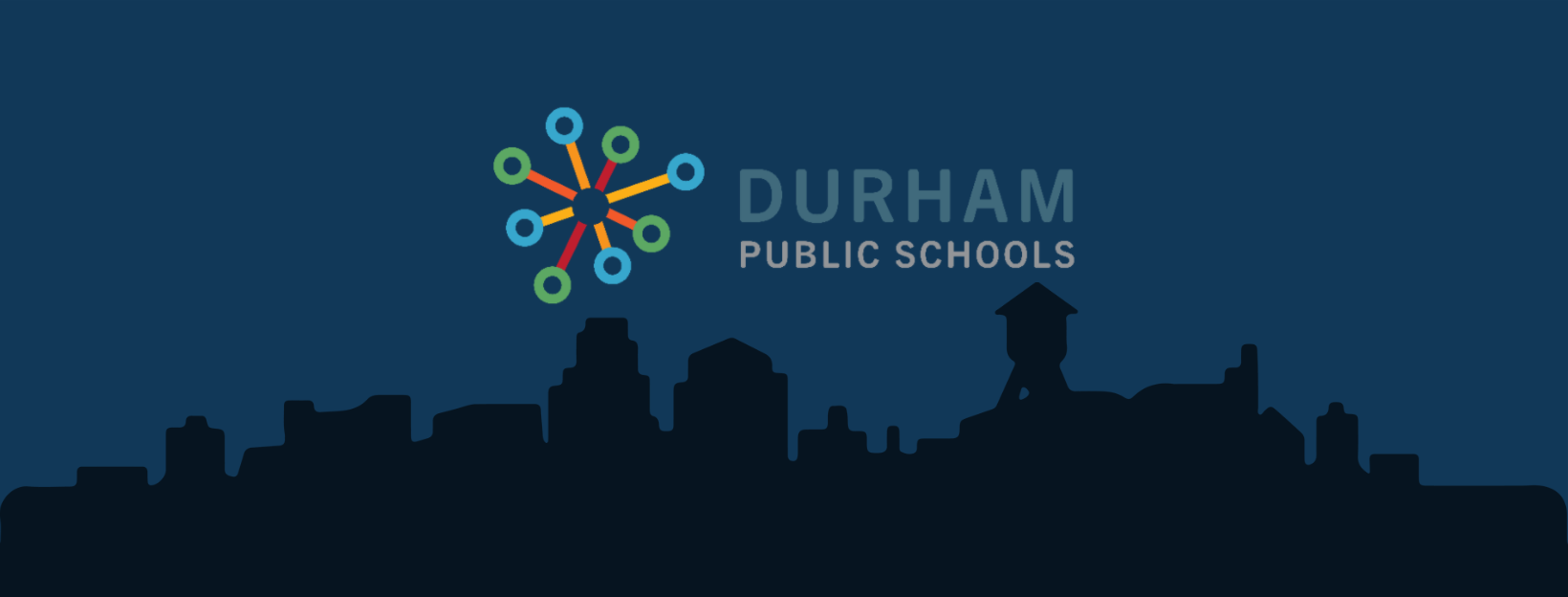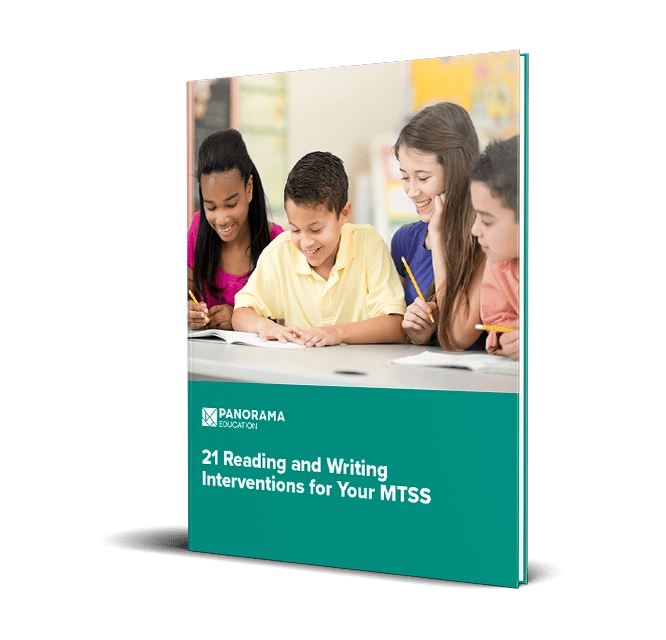Discover how Liberty Public Schools—a district of 12,430 students and 19 schools in Clay County, Missouri—uses Student Success to meet the requirements of Missouri Senate Bill 681.
In the 2023-2024 school year, Missouri Senate Bill 681 requires all Local Education Agencies (LEAs) to implement Reading Success Plans (RSPs) for students identified with substantial reading deficiencies (SRD) or those at risk of dyslexia.
An RSP, as per the Department of Elementary and Secondary Education (DESE) guidance in Section 167.645, RSMo, is a well-developed and descriptive plan to support any student who exhibits an SRD. In addition, LEAs must:
- Provide families with their student’s RSP
- Report to DESE twice a year
- Offer professional development to help teachers meet reading challenges
Challenges
- While Liberty had been using a data dashboard, they needed a better system that empowered educators to have meaningful conversations on student supports.
- After the passing of Missouri Senate Bill 681, the district needed a way to meet the bill’s Reading Success Plan requirements.
- School and district leaders needed software to develop RSP growth targets, monitor progress, keep families updated, and report on supports and assessments.
Solution
Results
- Liberty meets the requirements of Missouri Senate Bill 681, from gathering baseline data to reporting progress.
- The district’s data reporting processes are greatly streamlined, saving school and district administrators substantial time and resources.
- Over the course of a single semester, one ELA class saw a 15% increase in students reading at or above grade level; in the same class, students two or three levels below grade level decreased by 21%.
Challenges
“The beginning of our story is about building an MTSS for our district,” says Jessica Meisenheimer, PhD, Director of Special Programs at Liberty Public Schools. “In 2018, we had the basis for RTI, and we had a data platform. But the platform was cumbersome and not user friendly. When educators wanted to have conversations about student supports, they had to open a huge spreadsheet, which was not conducive to meaningful conversations. So we knew we needed to have a better data system.”
Liberty had an existing partnership with Panorama Surveys and Engagement. And when the district put out an RFP for a data system in early 2020, Panorama was ultimately selected for their Student Success data dashboard. At this point, the Covid-19 pandemic put a pause on the process, but Meisenheimer began developing resources for a successful implementation of the platform. When students returned to building later that year, educators and administrators were already equipped to use Student Success.
This foundation would prove crucial, especially when the state passed Missouri Senate Bill 681 in 2022.
Solution
“We knew MO SB 681 was coming, and regularly tracked forthcoming guidance” says Meisenheimer. “So when official state guidance was released in June 2023, we were prepared and had all necessary components in place to meet the bill’s requirements.”
The bill required districts to:
- Gather baseline data in one place
- Identify students needing an RSP
- Develop RSP growth targets
- Monitor the progress of RSPs
- Report on supports and assessment data
- Communicate RSPs with families
Liberty was already using iReady, one of the state-approved reading assessments. And because the district had previously implemented Panorama Student Success, they had a comprehensive data platform to create and progress monitor reading success plans. So Meisenheimer spent July 2023 creating documentation for using these tools to match the bill’s requirements.
“I created professional development and documentation for staff before school started. We delivered that to principals in late July with the expectation that they would provide the same training to staff before school started,” says Meisenheimer. “I created presentations that aligned our existing tools to MO SB 681’s requirements, and answered some key questions: What are RSPs? What are assessments? How do we identify students who need RSPs? What is the timeline?”
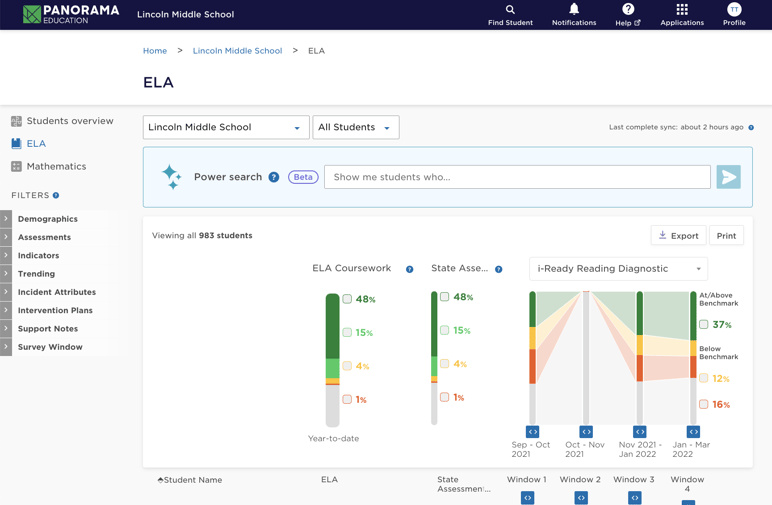
Compatible with i-Ready, Istation, NWEA MAP Fluency, and STAR benchmark assessments, Panorama Student Success brings all your data together in one place.
Meisenheimer included documentation on how to use Panorama to meet the bill’s requirements Including a demonstration on how to create intervention plans and progress monitor in Student Success. And she worked with Panorama to add Bill-specific labels to the platform—such as individual and group intervention and area of reading—to align with reporting requirements.
Because communication with families is a key component of MO SB 681, Meisenheimer also created drafts of parent letters and easily-accessible reading resources for families. This strong foundation of resources and professional development would have a substantial impact on Liberty’s ability to meet the bill’s requirements.
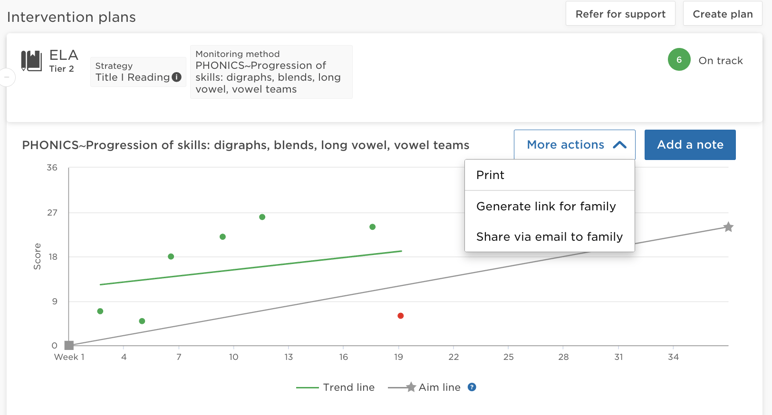
Within Student Success, you can print or share secure RSP Family Access links by email to help parents understand their student’s support and progress.
Results
Liberty saw almost immediate results in their ability to access and report on data—a key component of MO SB 618. The bill requires reporting on student progress along RSPs twice per year, in February and in June. Meisenheimer notes that the Panorama platform made this reporting extremely simple and streamlined—in contrast to Liberty’s previous data platform, which did not allow them to create intervention plans or progress monitor.
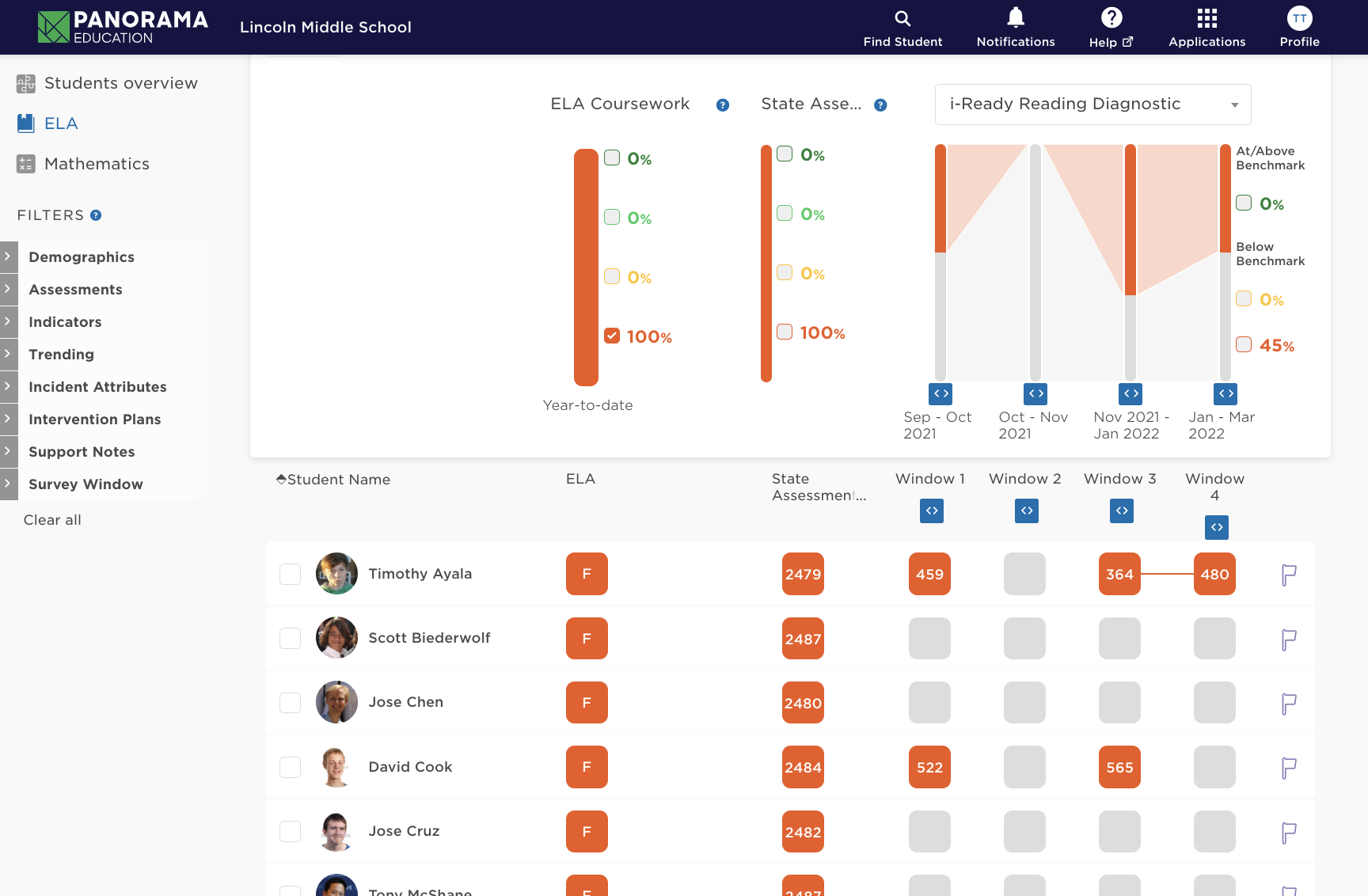
Educators can use Student Success filters to identify students who need an RSP
“In Student Success, I was able to filter our schools by the five reading categories identified in the bill,” says Meisenheimer. “The platform provided a list of students who were on RSPs in each of those categories at each school. From there, we cleaned up the data and gave building principals an opportunity to review for accuracy. It was very simple! Nobody had to type any names in a spreadsheet; all they had to do was enter interventions in Panorama, and I could quickly pull a report for the entire school.”
Meisenheimer notes that Panorama is district-wide and consistent—which is a huge time-saver. When gathering data, she doesn’t have to call school administrators from each of the district’s nineteen buildings; she can log in to Panorama and have access to data immediately. This streamlines workflows both for her and for school principals and staff—who Meisenheimer says have done remarkable work implementing Student Success and aligning to MO SB 618’s requirements.
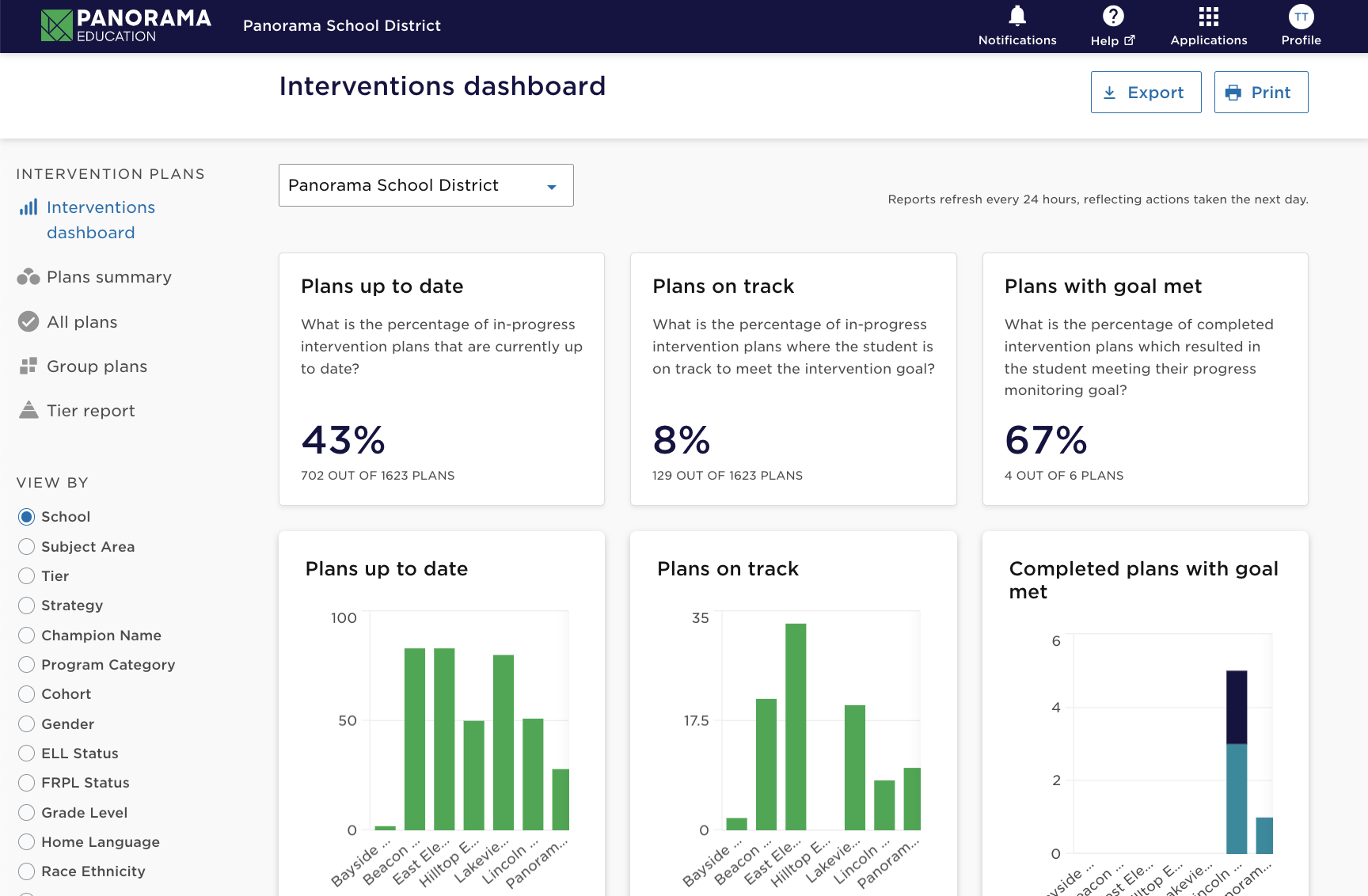
With Panorama’s progress monitoring, you’ll quickly understand how many students receive supports, how they’re tracking against goals, and if you have the right strategies in place.
“We asked our staff to do the impossible and they did it—quickly. And school teams got creative,” says Meisenheimer. “For example, our middle schools started providing half-day subs for ELA teams. This allowed the team extra time to figure out RSPs and interventions; they also invited me to provide training on using Panorama.”
That commitment and creative thinking has led to remarkable results. Over the course of a single semester, one ELA class saw a 15% increase in students reading at or above grade level; in the same class, students two or three levels below grade level decreased by 21%.
“When you can see data, when you view it and progress monitor regularly, you are able to provide the targeted instruction students need,” says Meisenheimer. “It makes great teachers even better because they have easy access to comprehensive data. That constant feedback loop of intentionally looking at student progress and adjusting instruction accordingly leads to meaningful results. And Student Success provides a visual way to do that.”
Finally, Meisenheimer notes the importance of Liberty’s relationship with Panorama, highlighting the sustained support Panorama provides.
“Panorama is incredibly responsive. You’re not on your own after signing the contract,” Meisenheimer says. “Professional development is built into our contract every year. They work with leadership; they provide school-specific training and training with different groups of staff. And the technical assistance is fantastic—it’s not just an email. It’s someone I have a personal relationship with, who I know. Those relationships are a critical part of sustaining our work and making it meaningful.”
Free Download: 21 Reading and Writing Interventions for Your MTSS



